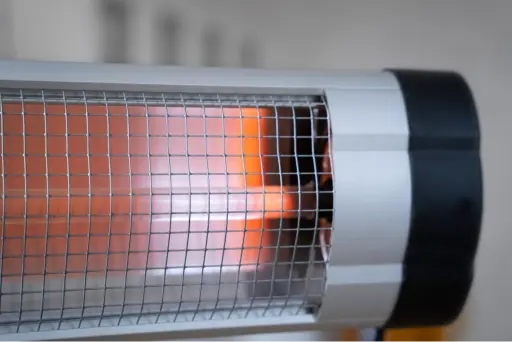Understanding heat transfer dynamics is important in engineering, it influences the design and operation of various systems. In this blog post, we’ll delve into two fundamental concepts: steady-state and transient heat transfer. We’ll explore their definitions, mathematical representations, practical applications, and crucial differences, and their significance in engineering design and problem-solving. Whether you’re a student, researcher, or practitioner in the field, grasping these concepts is very helpful for tackling a wide array of thermal challenges effectively.
Table of Contents
Steady-State Heat Transfer:
In steady-state heat transfer, the temperature distribution within a system does not change with time. This means that the rate of heat transfer into a system is equal to the rate of heat transfer out of the system, resulting in a constant temperature profile. Steady-state conditions are typically reached when the system has been operating for a long time, and the temperature gradients have stabilized.
Examples of steady-state heat transfer include the steady flow of heat through a wall or the steady-state operation of a heat exchanger.
Transient Heat Transfer:
Transient means variation with time. Transient heat transfer refers to situations where the temperature distribution within a system changes with time. This occurs when there are unsteady conditions such as sudden changes in heat input, changes in material properties, or changes in the boundary conditions. The temperature profile in transient heat transfer varies with time until the system reaches a new equilibrium or steady state.
Examples of transient heat transfer include the cooling of a hot object when it is removed from a heat source, or the heating of a material when it is subjected to a sudden increase in heat flux.
Mathematical Representation:
In steady-state heat transfer, the governing equation is typically simplified as Laplace’s equation (∇²T = 0), where ∇² is the Laplacian operator and T is temperature. This equation describes the equilibrium temperature distribution within the system.
In transient heat transfer, the governing equation is the heat diffusion equation, also known as the transient heat conduction equation. It accounts for both the spatial variation of temperature and the rate of change of temperature with time.
The most common form of this equation is the one-dimensional heat conduction equation: ∂T/∂t = α(∂²T/∂x²), where α is the thermal diffusivity.
Boundary and Initial Conditions:
In both steady-state and transient heat transfer problems, boundary conditions specify the temperatures or heat fluxes at the boundaries of the system. For transient heat transfer, initial conditions are also necessary, specifying the temperature distribution within the system at the initial time.
Analysis and Solutions:
Steady-state heat transfer problems are often simpler to analyze mathematically and can sometimes be solved analytically using techniques such as separation of variables or Fourier series.
Transient heat transfer problems typically require numerical methods for solution, such as finite difference, finite element, or finite volume methods, due to the time-dependent nature of the problem.
Understanding the differences between steady-state and transient heat transfer is crucial in various engineering applications, such as thermal design, materials processing, and HVAC system design.

